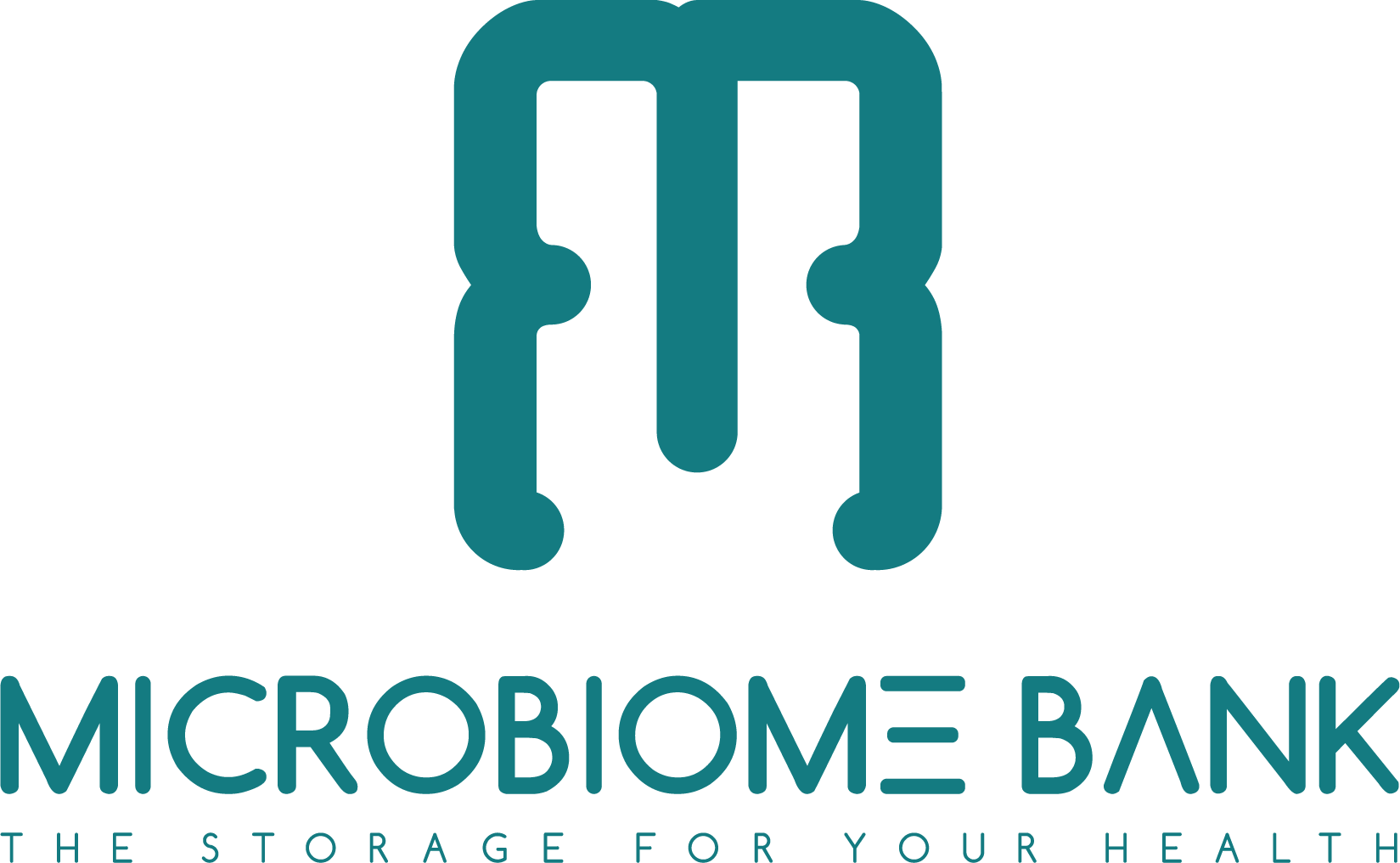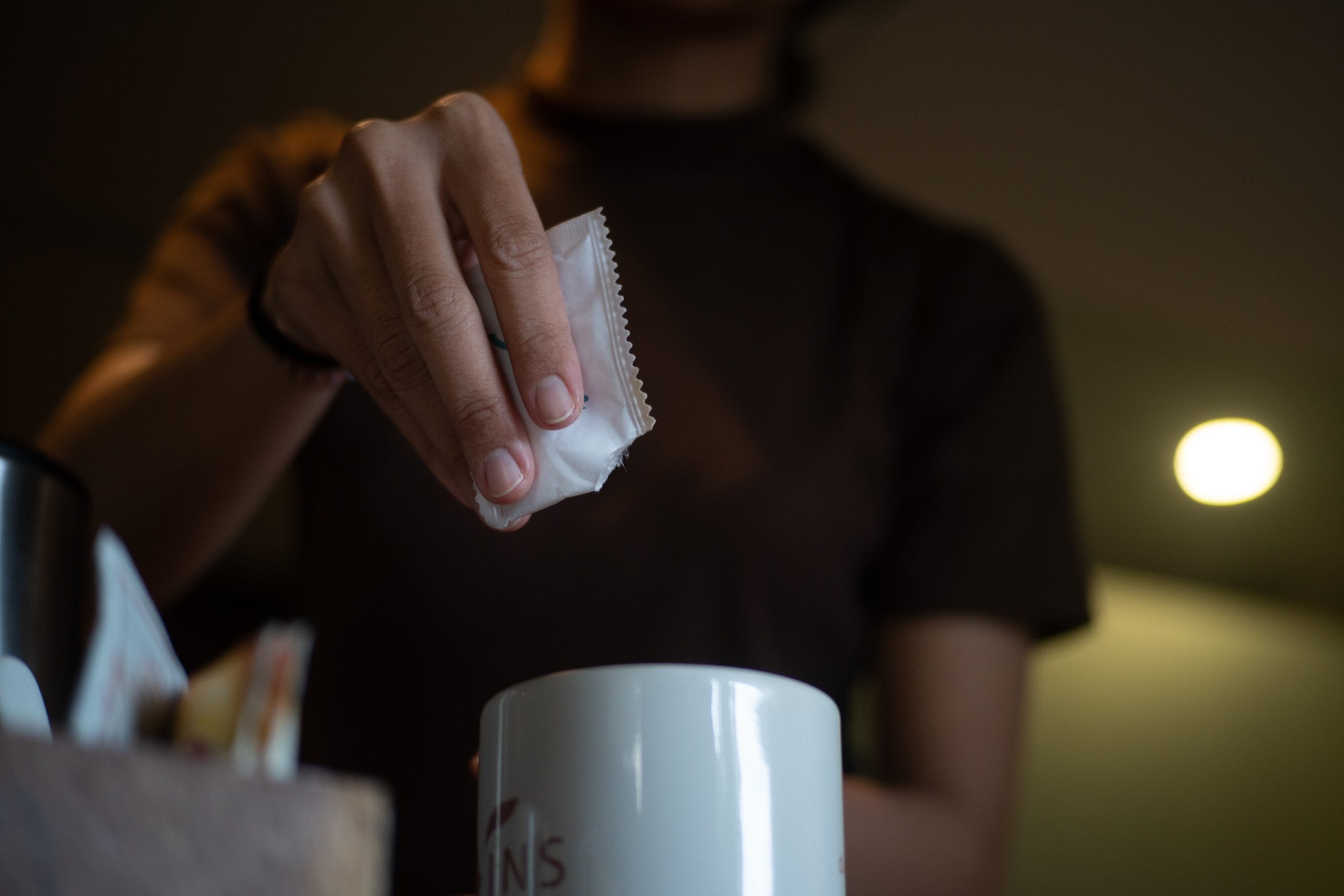How Sweet It Isn’t
He had always been suspicious of “sweet without calories.” It sounded like cheating nature. And the more he dug into the science, the more he realized that his instinct wasn’t entirely wrong - but neither was it completely right.
Artificial sweeteners weren’t one story. They were many. Saccharin, sucralose, aspartame, stevia, sugar alcohols like erythritol and xylitol - all had different origins, structures, and microbial effects. Yet most people lumped them together as one: “diet sugar.” That was the first mistake.
The landmark studies were clear about saccharin: even at moderate doses, it could shift microbial composition in both mice and humans, sometimes impairing glucose tolerance. When the altered microbes were transplanted into germ-free mice, those mice developed the same problem. The culprit wasn’t the chemical itself - it was the way microbes responded to it.
But other compounds told a more mixed story. Sucralose, widely used in protein powders and “sugar-free” sodas, sometimes reduced beneficial bacteria in animals but showed weaker and inconsistent results in human studies. Aspartame didn’t seem to colonize trouble on its own, but when paired with certain diets, might alter gut-immune interactions. Stevia, interestingly, looked more benign so far, with some studies even suggesting mild prebiotic potential.
Then there were the sugar alcohols. Erythritol, xylitol, sorbitol - long marketed as “natural” alternatives - didn’t escape scrutiny. These weren’t toxic to microbes in the classic sense, but because they were poorly absorbed, they fermented in the colon. For some people, this meant gas, bloating, or diarrhea. Not dysbiosis in the strict scientific sense - but enough to make daily life uncomfortable.
So he reframed the problem. It wasn’t about “good” vs. “bad” sweeteners. It was about context, dose, and individual response. For someone with metabolic syndrome, saccharin might backfire. For a healthy person with diverse microbiota, the impact of occasional sucralose might be negligible. For those prone to IBS, sugar alcohols could be the real disruptor.
What he taught his patients - and reminded himself - was not abstinence, but awareness. Sweeteners weren’t villains, but they weren’t saviors either. The body and microbes thrive on clarity, not tricks. If you choose sweetness, choose it consciously. Pair it with fiber. Use it sparingly. And when possible, return to flavors the microbiota evolved with: bitter greens, sour ferments, the quiet complexity of umami.
The result wasn’t just better blood sugar or fewer cravings. It was trust restored between signal and response, taste and metabolism. Because in the end, “sweet” was never meant to be free - it was meant to be earned, digested, and shared with the microbes that run the system.
Next week: “I Sequenced My Gut—Here’s What I Found” — the report that rewrote his microbial self-image.


